We are all hungry and thirsty for concrete images
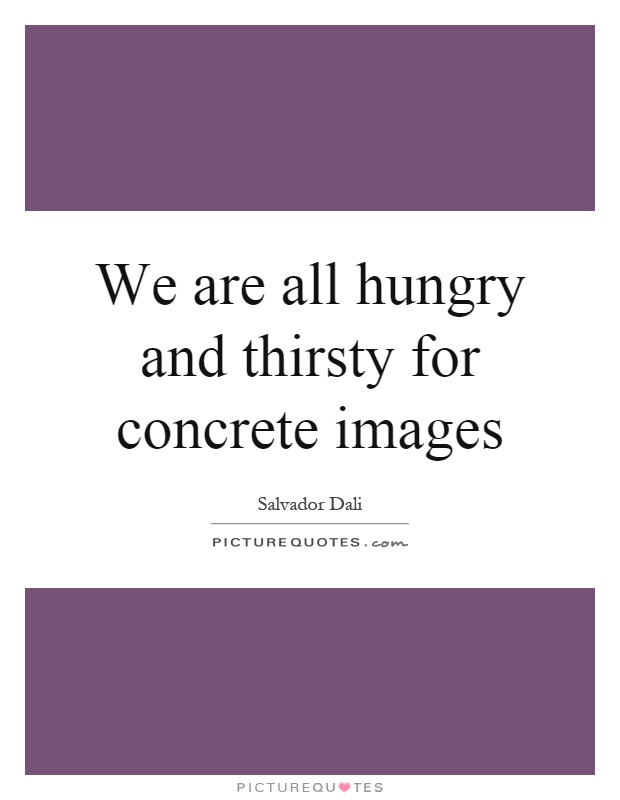
We are all hungry and thirsty for concrete images
Salvador Dali, the renowned surrealist artist, once famously said, "We are all hungry and thirsty for concrete images." This statement encapsulates Dali's belief in the power of visual representation and the importance of tangible, vivid imagery in art. Dali was known for his surreal and dreamlike paintings that often featured bizarre and fantastical scenes, filled with melting clocks, distorted figures, and otherworldly landscapes. His work was a reflection of his inner psyche and his fascination with the subconscious mind.Dali believed that concrete images had the ability to evoke strong emotions and provoke thought in viewers. He saw art as a means of communication, a way to convey complex ideas and emotions through visual language. Dali's paintings were filled with symbolism and hidden meanings, inviting viewers to interpret and decipher the imagery for themselves. By presenting viewers with concrete images that were open to interpretation, Dali challenged them to engage with his work on a deeper level and to explore the depths of their own subconscious minds.
Dali's use of concrete images was also a way for him to confront the limitations of language and traditional forms of communication. He believed that words were often inadequate to express the complexities of human experience and that visual art had the power to transcend language barriers and speak directly to the soul. Dali's surrealistic paintings were a form of visual poetry, a way for him to communicate his innermost thoughts and feelings in a way that words could not.

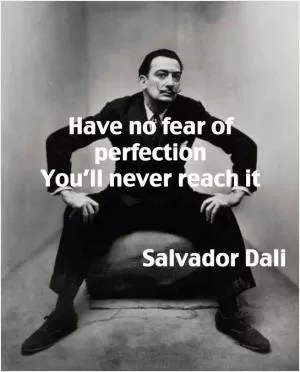

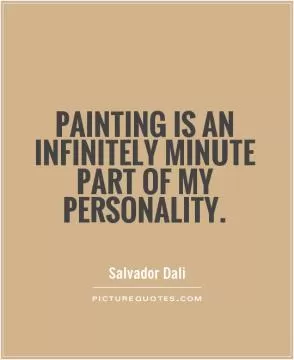
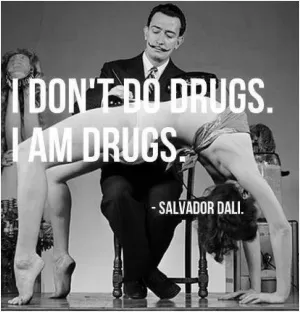
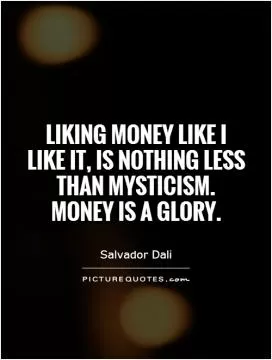

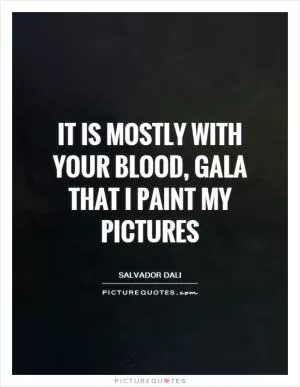




 Friendship Quotes
Friendship Quotes Love Quotes
Love Quotes Life Quotes
Life Quotes Funny Quotes
Funny Quotes Motivational Quotes
Motivational Quotes Inspirational Quotes
Inspirational Quotes